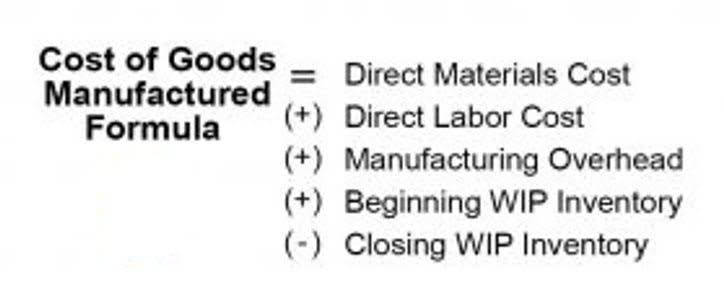Content

Therefore, Company A would depreciate the machine at the amount of $16,000 annually for 5 years. Company A https://adprun.net/accounting-information-for-retail-businesses-a/ purchases a machine for $100,000 with an estimated salvage value of $20,000 and a useful life of 5 years.
- It’s based on long-standing conventions, objectives and concepts addressing recognition, presentation, disclosure, and measurement of information.
- So, using straight-line depreciation, the car depreciated by $\$750$$750 per year.
- This may not be true for all assets, in which case a different method should be used.
- To calculate depreciation using a straight line basis, simply divide net price (purchase price less the salvage price) by the number of useful years of life the asset has.
- That deferred tax asset will be reduced over time until the reported income under GAAP and the reported income to the IRS align at the end of the straight line depreciation schedule.
- Straight line basis is calculated by dividing the difference between an asset’s cost and its expected salvage value by the number of years it is expected to be used.
Accumulated depreciation is a contra asset account, which means that it is paired with and reduces the fixed asset account. Accumulated depreciation is eliminated from the accounting records when a fixed asset is disposed of. Business owners use straight line depreciation to write off the expense of a fixed asset. The straight line method of depreciation gradually reduces the value of fixed or tangible assets by a set amount over a specific period of time. Only tangible assets, or assets you can touch, can be depreciated, with intangible assets amortized instead.
Free Straight-Line Depreciation Template
The straight-line method is the most common method used to calculate depreciation expense. It is the simplest method because it equally distributes the depreciation expense over the life of the asset. Things wear out at different rates, which calls for different methods of depreciation, like the double declining balance method, the sum of years method, or the unit-of-production method. The straight-line method of depreciation assumes a constant rate of depreciation. It calculates how much a specific asset depreciates in one year, and then depreciates the asset by that amount every year after that. Straight-line depreciation is a simple method for calculating how much a particular fixed asset depreciates (loses value) over time.

Now divide this figure by the total product years the asset can reasonably be expected to benefit your company. A straight-line basis is a method of calculating Depreciation and amortization. This formula for calculating asset value involves dividing the cost How Much Do Bookkeeping Services for Small Businesses Cost? of an asset by its useful life, resulting in a constant rate of Depreciation per period. The declining balance method calculates more depreciation expense initially, and uses a percentage of the asset’s current book value, as opposed to its initial cost.
Understanding Straight Line Basis
A computer would face larger depreciation expenses in its early useful life and smaller depreciation expenses in the later periods of its useful life, due to the quick obsolescence of older technology. It would be inaccurate to assume a computer would incur the same depreciation expense over its entire useful life. With the straight line depreciation method, the value of an asset is reduced uniformly over each period until it reaches its salvage value. Straight line depreciation is the most commonly used and straightforward depreciation method for allocating the cost of a capital asset.

